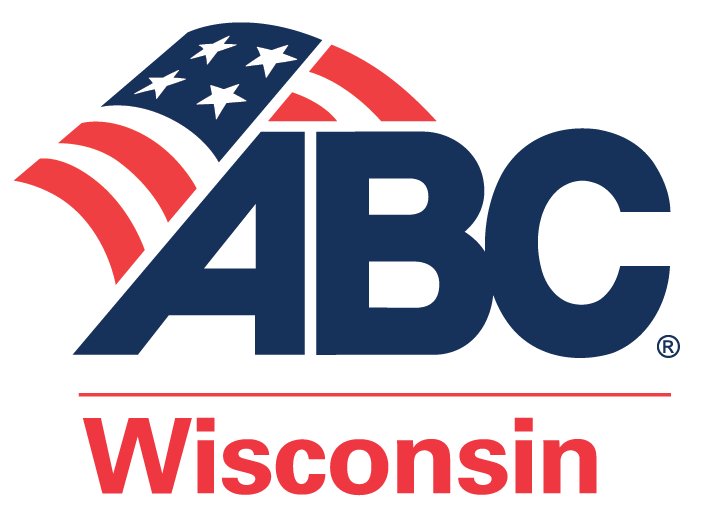By Dan Barker, Attorney, Jackson Lewis P.C.
President Biden issued an executive order which requires that all federal construction projects with a budget of $35 million or more must use a Project Labor Agreement (PLA). This is a significant policy change from prior administrations. Prior labor-friendly administrations simply encouraged, but did not mandate the use of PLAs. Biden’s order, however, goes far further and requires federal agencies to use PLAs on these large federal projects.
While the order applies to federal agencies overseeing construction projects and is intended to cover a wide range of building, public works, and infrastructure initiatives, there are still projects that it does not cover. Importantly, the order does not affect projects controlled by state and local governments, even those that receive federal funding. This is great news for merit shop contractors in Wisconsin due to Wisconsin’s law prohibiting state and local governments from requiring PLAs.
Implications for Merit Shop Contractors
One of the biggest dangers of this executive order (which is just starting to hit construction projects that are out to bid in 2024) is that unsuspecting contractors might bid federal projects that require PLAs without fully understanding the implications. Or worse, a contractor may not even realize that they are required to sign a PLA until it’s too late.
Further, some union business agents may tell merit shop contractors that it’s a great way to try out “the benefits of” union labor without making a full commitment. Of course, this is nothing more than a sales pitch trying to get unsuspecting contractors to sign on the dotted line.
So what are the realities?
1. Union Hiring Hall Requirements.
The first reality is that the agreement will likely require the contractor to source all of its labor on the project from a union hiring hall. That means that the contractor’s normal employees will not be permitted to work on the project at all — absent some special agreement with the union. And, would you expect the union to send its very best workers to work for a contractor that is merit shop everywhere else except for one specific project?
Plus, even if the union cuts a deal with the contractor to permit them to use a few of their normal employees on the site, the workers from the hall may try to organize the contractor’s normal employees or may try to recruit them away.
2. Fringe Benefit Funds.
Signing on to a PLA also means that the employer will have to pay into the union benefit funds required by the local area contract for all employees working on the site. This means that even if a contractor could use some of its normal employees, it still has to pay into the expensive union benefit funds for every hour they work – even though the employees may never qualify to receive any benefits. On this point, it’s important to know that there is no exception to this rule for a contractor’s normal workers. If they work on the project, the union becomes their exclusive representative and the terms of the labor agreement apply to them — fringe benefits and all. Thus, by signing a PLA, a merit shop employer is requiring its employees to be represented by a union.
Also, when an employer agrees to pay into union benefit funds, they agree to abide by the funds’ internal rules. Plus, they are exposed to pension withdrawal liability as soon as they are no longer bound to pay into the pension.
As for the funds’ internal rules, many funds have detailed requirements for notifying the funds when the employer no longer has an obligation to contribute under a PLA. Most of these trust fund documents require notice to be given to the funds by certified mail and require the notice to contain very specific language. If a contractor does not jump through the correct hoops, they can be stuck with continuing liability for contributions even after a project ends.
Further, another trick that may be played on a contractor that signs a PLA for a certain project is that they may be told that they need to sign a separate “participation agreement” for each benefit fund. You can bet that those separate agreements are probably not limited to just that project site, and that the benefit funds may claim that the contractor is bound to any number of other labor agreements and requirements.
3. Extraterritorial and Continuing Obligations.
A PLA may also be used to bind an unsuspecting contractor to labor agreements beyond the project site itself. This risk depends significantly on how a PLA’s adoption agreement is written.
As mentioned above, most PLAs incorporate local area agreements. If the PLA says that the contractor must comply with the local area agreement while the contractor is performing work on the site, the PLA could effectively be binding the contractor to comply with those labor agreements everywhere — and not just on the project site.
Even if the PLA says that the contractor is only agreeing to comply with the labor agreements on the site of the project, the incorporated labor agreement may still contain a clause which binds the contractor to other labor agreements in other jurisdictions. This is called an extraterritorial or “intergalactic” clause. These clauses, often sandwiched in the middle of a hundred page labor contract, purport to bind a contractor to all of an international union’s labor agreements in all jurisdictions no matter where the contractor travels. That’s why we call them intergalactic clauses.
The only way to avoid these potential extraterritorial risks is to have a very clear adoption agreement which says that the contractor does not have any obligations beyond the project agreement and that the project agreement, and all trust obligations automatically terminate without further notice on at the end of the project. While this is easy to suggest, it’s not really that easy in the real world. On federal PLAs, a subcontractor does not have the ability to negotiate over the adoption agreement. The adoption agreement was negotiated long ago by the prime contractor who doesn’t care what the implications may be on a subcontractor. This means that the sub either must agree to sign the adoption agreement or not bid the project. The choice is just that simple.
Conclusion
President Biden’s executive order on PLAs represents a significant policy initiative aimed at increasing market share for union contractors and keeping non-union contractors out of that market. Merit shop contractors who might be tempted to sign a PLA are well advised to know exactly what they are signing up for before bidding a project with a PLA so they are not tricked into doing something that could have long-lasting and potentially disastrous effects on their business.











